Hey, everybody! It’s been a while.
D’ja miss me?! 😉
I’ve been crankin’ away in the gear shed, workin’ hard to bring my music to life, and I’m ecstatic to say…
It alive!! LoL

After years of prep, research, performance and education, I’m finally publishing my art. Feels good, lemme tell ya.
So I thought it’d be fun, and insightful, to show those of you wondering how to record music all the GEAR I used to do it.
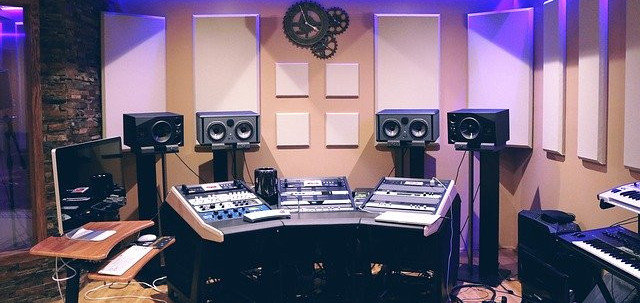
As I release each song I’ll put up a “Gear Glimpse” article so that you can see get a 1st-hand glimpse of exactly what specific musical tools went into them. Knowing that could add to the aural landscape of (potentially!) YOUR music.
So let’s get at it, shall we?!
The Song
My first released tune this year, under my project name “The Abacus Path“, is “Ellen“, a song I wrote in Amsterdam about a handicapped girl and her desire for freedom.
Check out the official music video here:
The Acoustic
The most important part of the musical arrangement for “Ellen” is what I wrote the song on – an acoustic guitar.

Now, when I was in the Netherlands I only had a simple classical guitar to write on. But when the time came to record it, I was back in the States and picked up my Taylor 310 guitar that I owned at the time to track with.
Basically, it’s one of Taylor’s lower-end models – not the cheapest in its arsena. but certainly under $1,000.
It’s your basic Dreadnought acoustic, with Spruce top/Sapele sides & back, made in Mexico, from 2003 if I remember right.
I thought the Taylor sounded great in a live setting. In the studio though, I was never satisfied with its sound. I had to EQ it a lot to get it to my liking in a mix, and I ALWAYS had to slam a high-pass filter on it to decrease the bass frequencies. What you hear on the recording is that process.
I ended up selling this Taylor since I didn’t like that pronounced low-end bump that it always gave me. Instead, I had a local luthier, Mr. Mike Franks, hand craft THIS GUITAR for me that turned out wonderfully. It’s now one of my favorite instruments in the recording studio.
Interestingly, the acoustic double-stop slides that you hear at the very beginning of the tune, I recorded this year using a different guitar – my Martin X-Series “Grand Performance” 20th Anniversary GPCX1AE Acoustic.
During mixdown, I decided that the start of the song needed something besides just a drum fill, so I spruced it up quite a bit using acoustic, keys, drums and just the right amount of delays and effects.
The Bass
I always play the bass on my tunes as well, and I have to tell you… this was the most elusive bass line I have EVER composed. It took almost a week to finally find the bass line that brought “Ellen” to life in the right way. I even brought in my producer to help me, which I have NEVER done on any other song.
Why? No idea, but we ended up totally scratching everything we’d tried on a normal bass up to that point, and just for kicks, trying a SYNTH BASS on it.
Unbelievably… it was JUST what it needed.
So, believe it or not, the low tones are grooved in this tune by a simple synth bass patch on the Kurzweil 2500, a remarkable flagship synth back in the day.

It’s the only song I’ve ever used synth bass on, and I still can’t believe that’s what we ended up with.
As the old saying goes though: “If it SOUNDS right… it IS right.”
The Drums
In the late 90s when this cut was first tracked, electronic drum kits were first making their big debuts, and we wanted to see if they could survive the scrutiny of studio ears with some of my material.
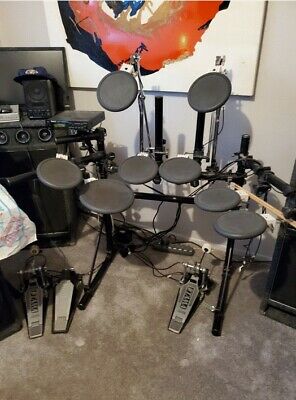
To that end, we set up a Roland TD-7 Electronic Kit in the studio and brought in a local skin-wacker, Mr. Brian Geiger, to facilitate the bouncy beat.
I hire drummers like Brian if I feel a song needs some rhythms that are too “tricky” for me to pull off without a LOT of practice. Sometimes it’s just a real time-saver to bring in a player who’s only done drums their whole life. They’ve got a MUCH larger technique arsenal than I do. That was the case here.
Instead of using the standard Roland sounds that came in the TD-7 module however, we opted to let the kit trigger some more high-end drum kit samples that resided in the Kurzweil keyboard. They just sounded more realistic than what the Roland module provided.
As for cymbals, we used actual REAL cymbals. We just didn’t think the sampled ones sounded real enough back then. As I recall, I believe Brian brought in Zildjian cymbals for hi-hat, 2 crashes and a ride. Not sure of the models.
The Sax
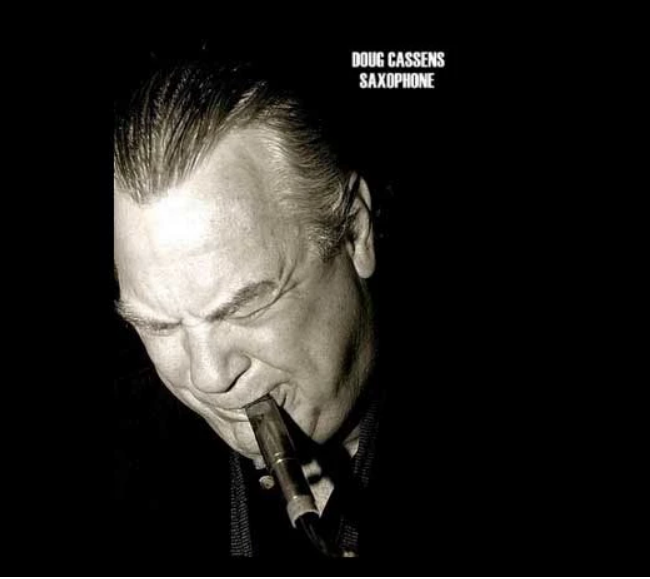
A brilliantly gifted sax player here in Michigan named Doug Cassens laid down the saxophone for us. WOW, is that guy melodic. Every little riff he’d sing out was gold. I had such fun placing his improvisations throughout the song.
And his solo?? Get outta town!! He knocked it outta the park!
He used a Selmer Mark 6 Alto Sax for this particular tune. I own a Selmer Mark 6 TENOR myself, so I knew when he got out his axe that this was gonna be a sweeeeeeet session.
Doug continues to play as always, but now he’s relocated to Florida with his “Doug Cassens Band”.
I guess frostbite and winter doesn’t thrill his horn techniques. LoL
Find out more about Doug here on HIS WEBSITE.
The Vocals
At the time of this recording, I really only had one good vocal mic: the Oktava MKL-2500 Tube Mic.
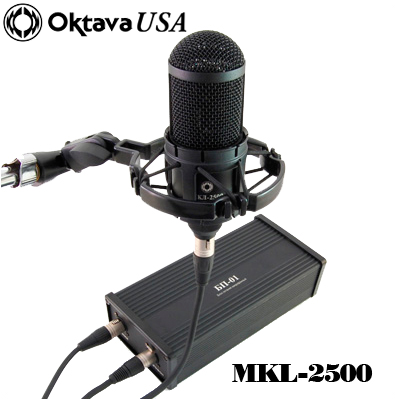
I found it at Guitar Center when they’d decided to no longer carry the Oktava brand, so they were blowing out these mics on clearance for peanuts. I think I paid less than $400 for it, out the door.
I noticed it had a slight hum so I called the Oktava USA headquarters and asked about it. They told me they knew exactly why it was doing that: they’d unfortunately had bad parts shipped to them by a different country by one of their suppliers.
Because of that (and to try to facilitate a better reputation here in the States) they offered to fix it free of charge for me. They’d put in all new electronics and make it, according to the CEO I spoke with, “on par with a Neumann U87 in its sensitivity, inherent noise floor and color.”
Well, that’s a high bar to promise! But I had nothing to lose so I shipped it off to ’em and waited.
When I got it back it was indeed like a totally different mic. Wow, did they do a great job. Quiet, warm, sensitive. I’ve sung hundreds of vocals on it and it’s always delivered right on-the-money.
Until I got my AT4050 (my favorite way to capture my voice) I used the Oktava exclusively. These days, I pull it out if I need a warmer approach to a song, especially if the production is sparse and I don’t have to cut through a thicker mix.
The background vocals were done on the fly, at a remote location, with simple SM58 mics. Just goes to show you that you don’t HAVE TO buy expensive gear to get professional results. As Clapton so aptly put it, …
“It’s in the way that you USE it!”
The Piano
My good friend and uber-talented keyboardist, songwriter, arranger, programmer, singer and just all around incredible DUDE, Mr. Sid Howard, threw in some tasty synth bits for this song.
He used a Modeled Electric Piano Instrument called “Lounge Lizard EP-3” to call up a great emulation of an electric piano. Great choice for this tune, as the E.P. never goes out of style and has a retro, but “classic” sound.
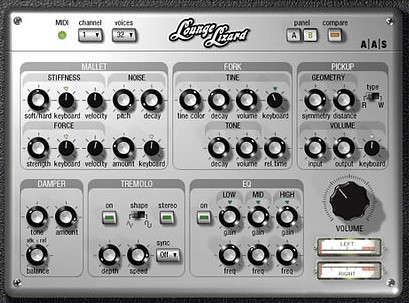
E.P. virtual instruments tend to be sample-based, but Lounge Lizard, is different in that it goes the route of physical modeling for its sound production. A much more difficult way to go, but they’ve got it down in spades.
If you’re looking for accurate Fender Rhodes and Wurlitzer emulations because you don’t have the real things (they DO take up a lot of space, after all!), then buy Lounge Lizard will do it for ya. BUY IT HERE — you won’t be disappointed!
The Glock!
Way back a few years I managed to pick up a gaggle of awesome music instruments for peanuts. It was a VERY happy day in my musical life. Check out the story HERE.
One of my best purchases that day was a simple but incredibly useful Glockenspiel. I only bought it because it was so cheap and I thought, “Eh.. maybe I’ll find a way to use it.”
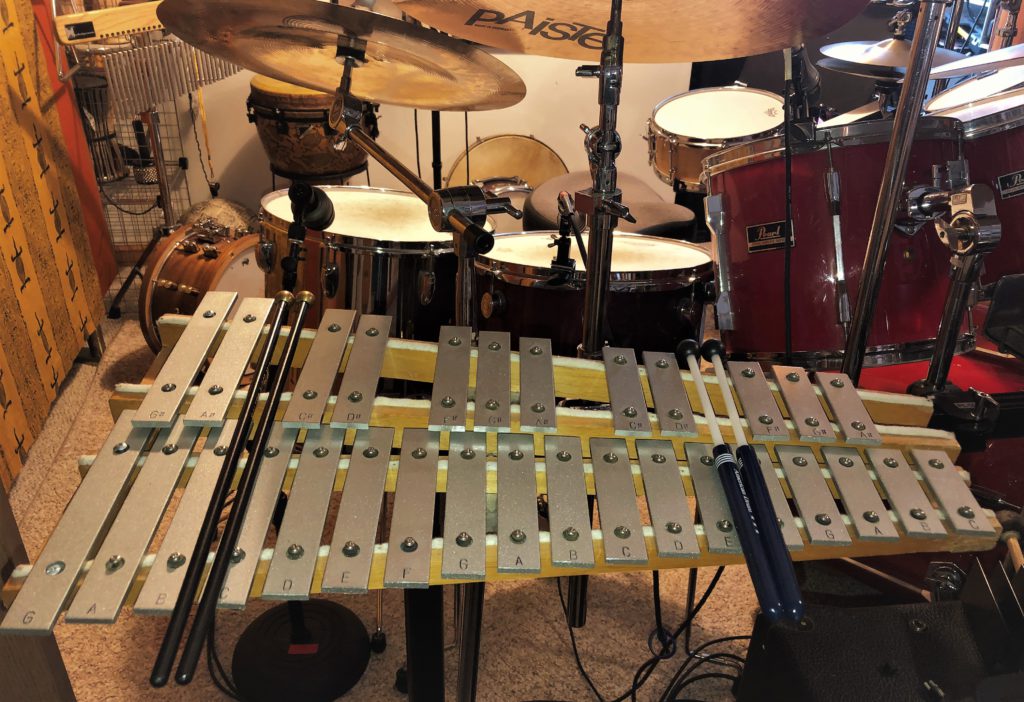
Did I find ways!!! This glock has been on SO MANY recordings of mine. I absolutely love it. For doubling melodies, strengthening hooks, bolstering vocals… it’s such a complementary tool in the studio I don’t know now how I ever lived without it.
I have two different sets of mallets for it: one with rubber heads, and one set with brass heads. They give me two very different transient attacks which helps me further choose which is “just right” for a given tune.
I find that a REAL glock is much better than just calling one up on your synth or software. It’s like a real piano – the way the notes & frequencies combine in the air adds harmonics that you just don’t get from a keyboard patch.
So if you’ve been wanting a quick, easy way to add some compelling, uplifting and interesting ear candy to your mixes… get yourself a glockenspiel. Its uses are myriad and its sound…? It’s like smiles in a bottle! 😉
The Percussion
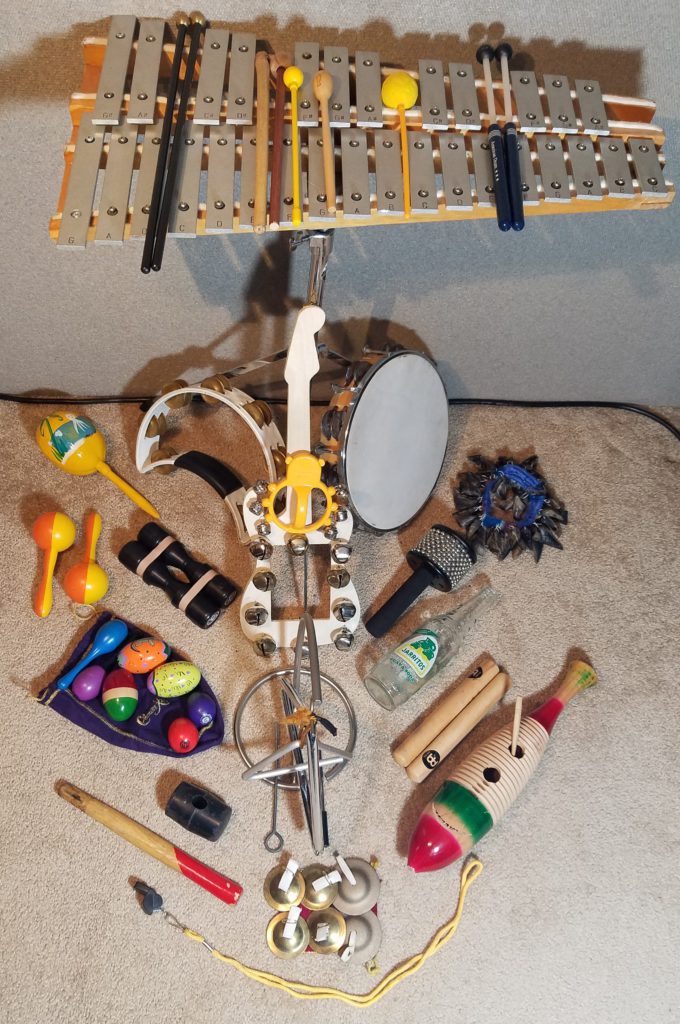
To underscore the groove, and add some levity and push to the emotion of the tracks, I dug out a tambourine, a pair of egg shakers, and a set of claves.
You’d think I was tracking Bossa Nova music! LoL
I tend to play all my own percussion tracks. I’ve played drums for years, so there’s no problem staying in the pocket.
Plus, I have a really big suitcase full of every kind of percussion toy you can think of, so not only do I have lots of options…
I also can pull out the exact percussion used later if I want to change it or fix something in the mix.
You can see the percussion I use most of the time here in THIS ARTICLE.
Bottom line: if you’re not using little percussion elements to liven up your mix and keep it interesting… you’re missing out on a very powerful tool in your music!
The Software
For you recording buffs who want to really know the intricacies, I originally recorded “Ellen” on the Roland 2480 hardware unit. Kickin’ it ol’ school, dawg!
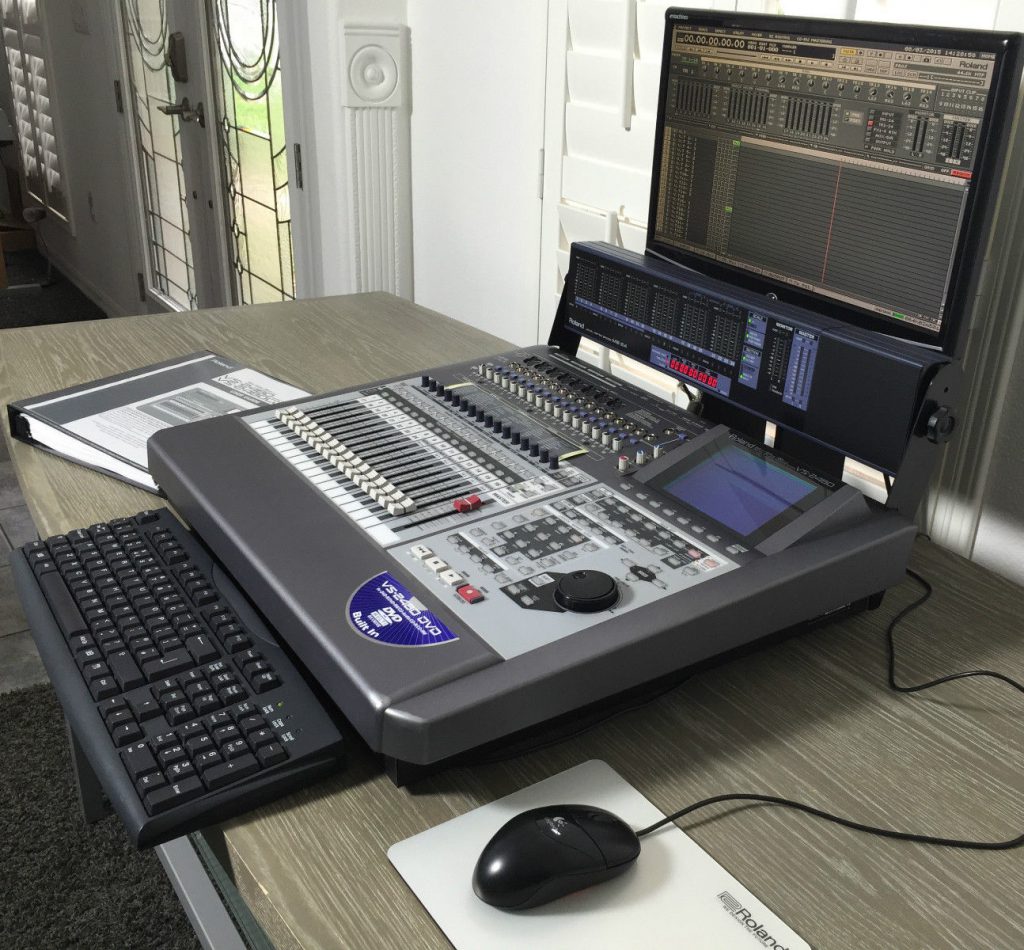
In recent years I transferred those tracks to my Pro Tools “Ultimate” software so I could finish the mix, and master, in the box.
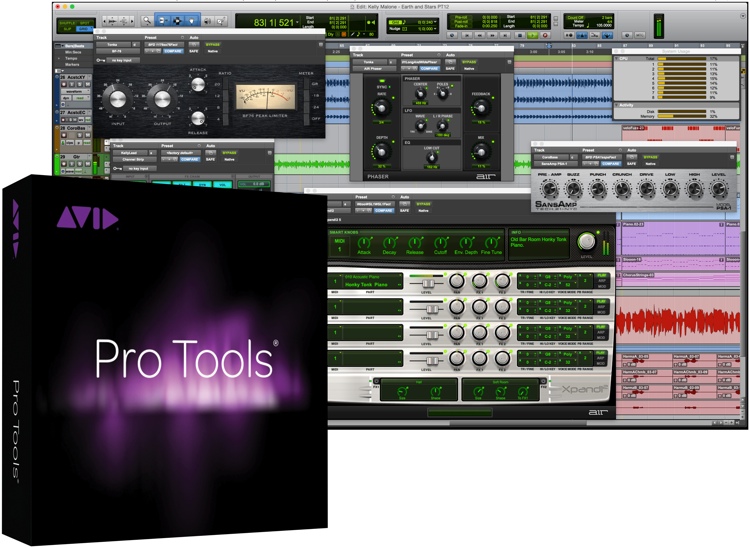
For reverb I used a plug in by UAD that emulates VERY well the good ol’ Lexicon 480L preset called “Ballady Hall” that I tweaked, mostly by cutting the lows and highs a bit.

Keeping the reverb mostly in the midrange to me makes for a less muddy and/or harsh mix.
The Music
To keep up on all the music that comes out of my studio for “The Abacus Path”, check in on OUR WEBSITE HERE for all the latest news.
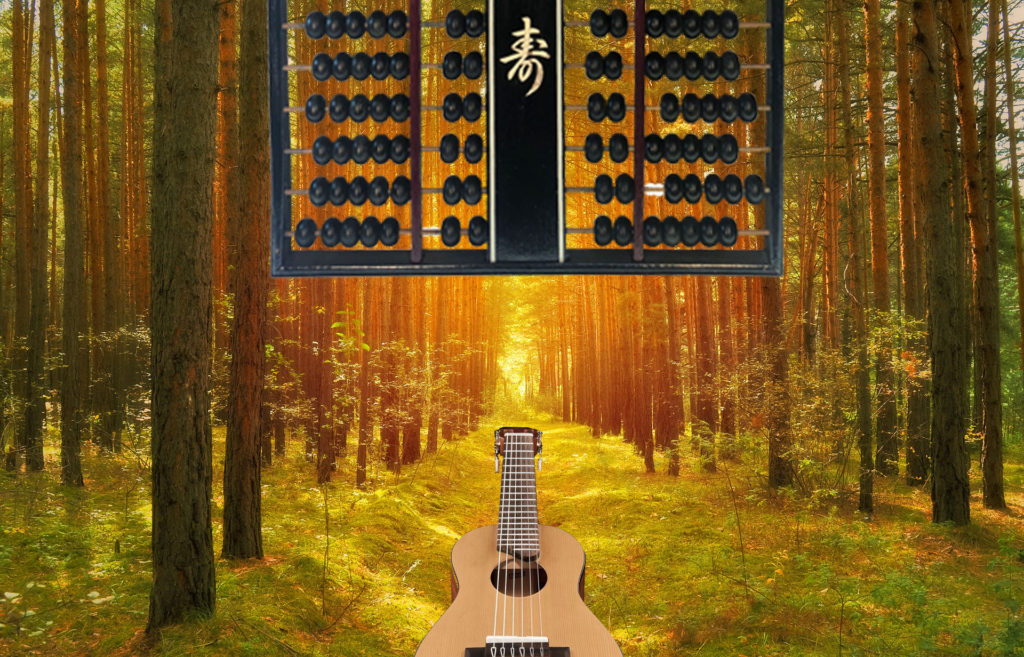
During this time of quarantine and trying to keep safe from the nasty Corona virus, it’s more crucial than ever to let your songs be heard.
So go cut some tracks… lay down some grooves… and make our fragile world a much better place because of your music.
It might just be the thing to keep someone going when they’re giving up hope.
So, go… make… sounds!!
Teaj